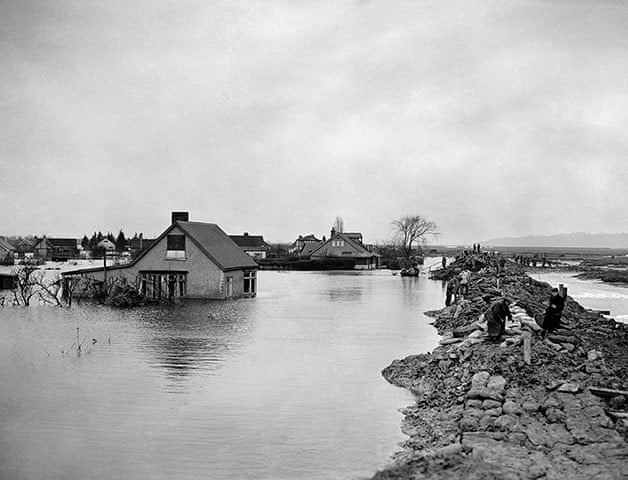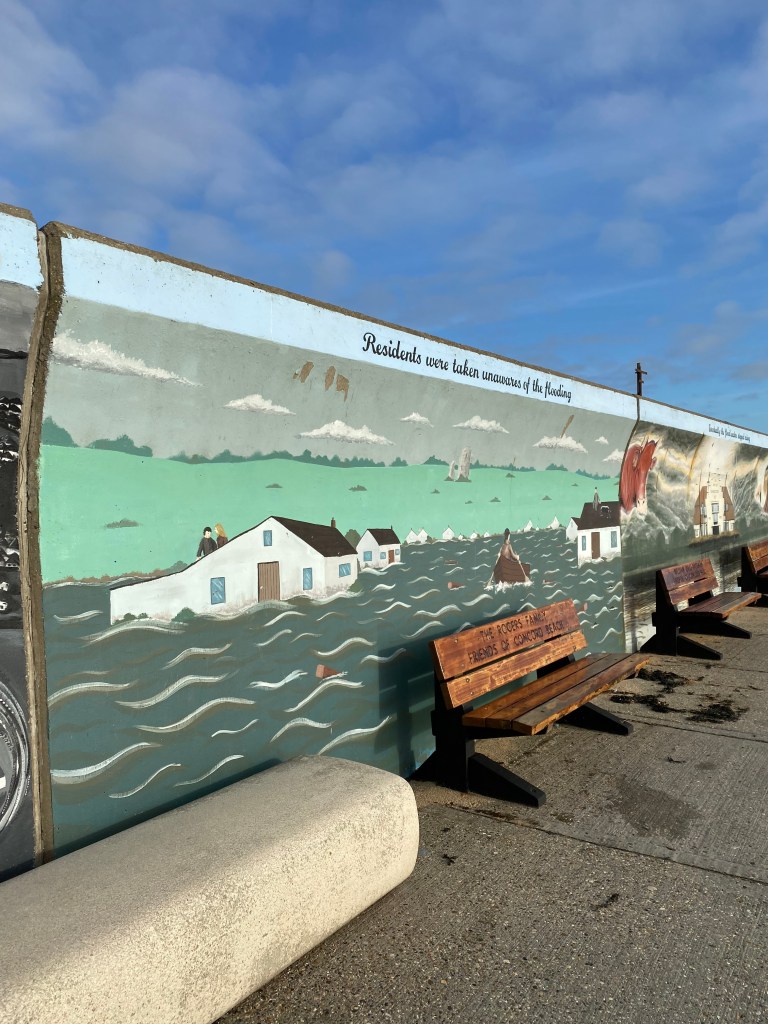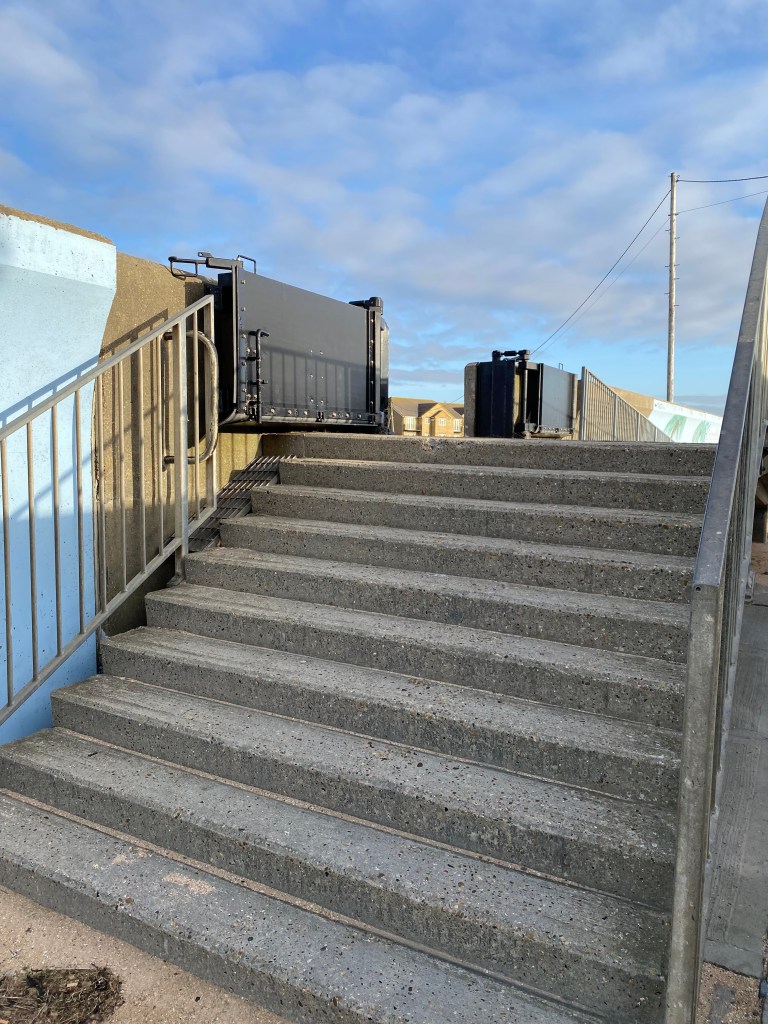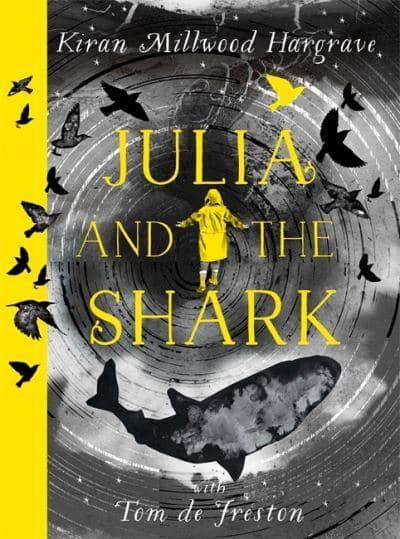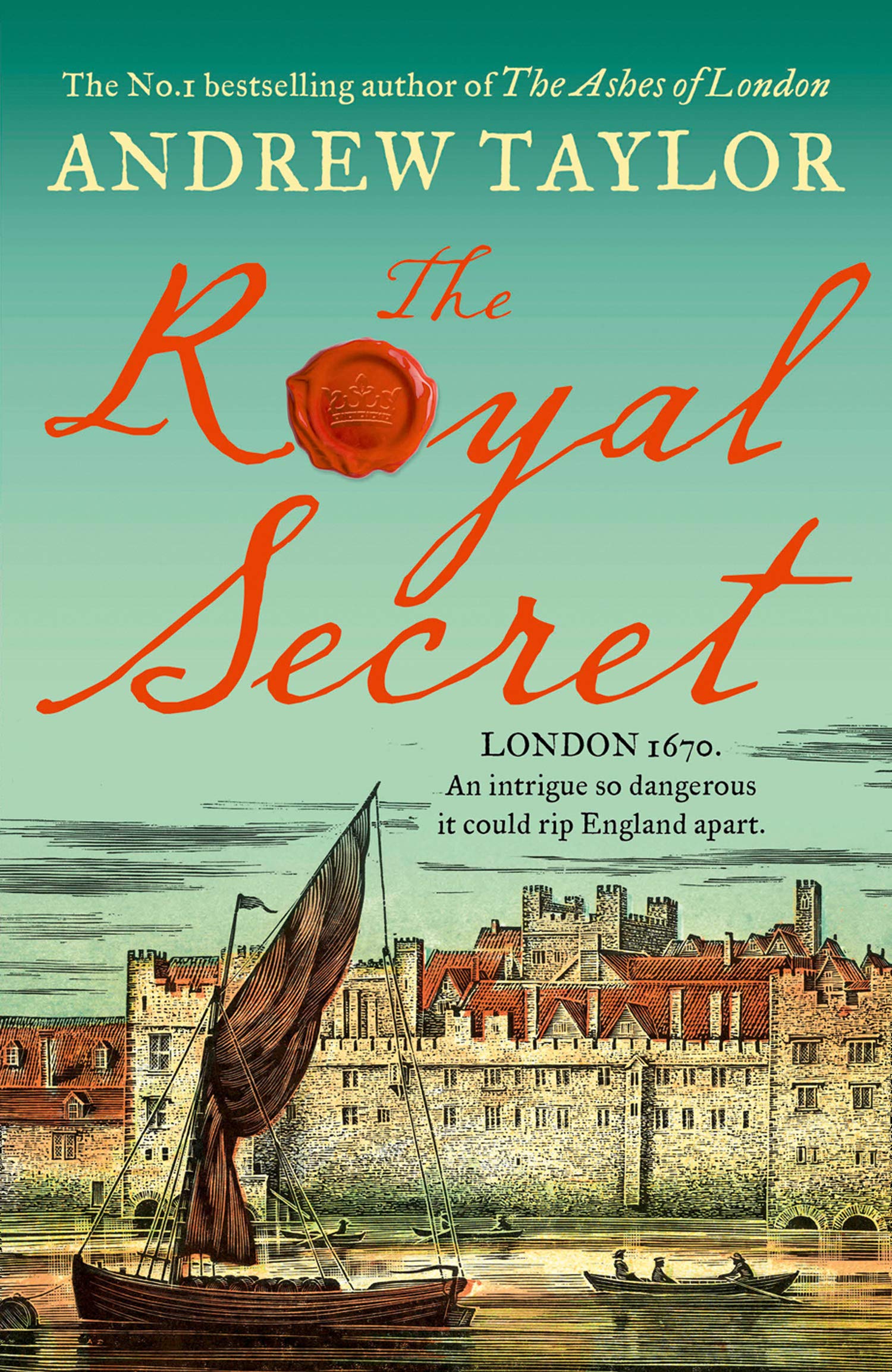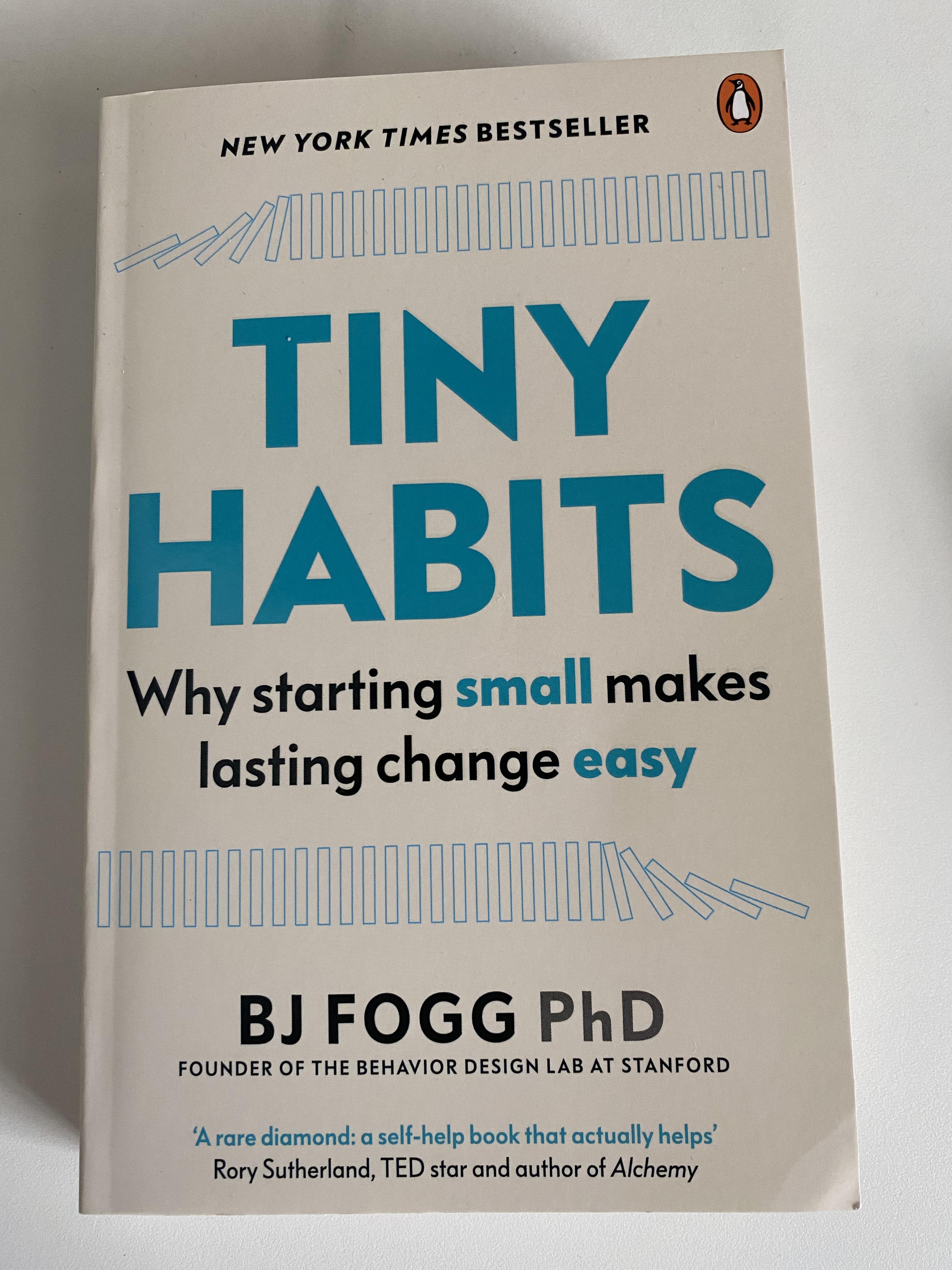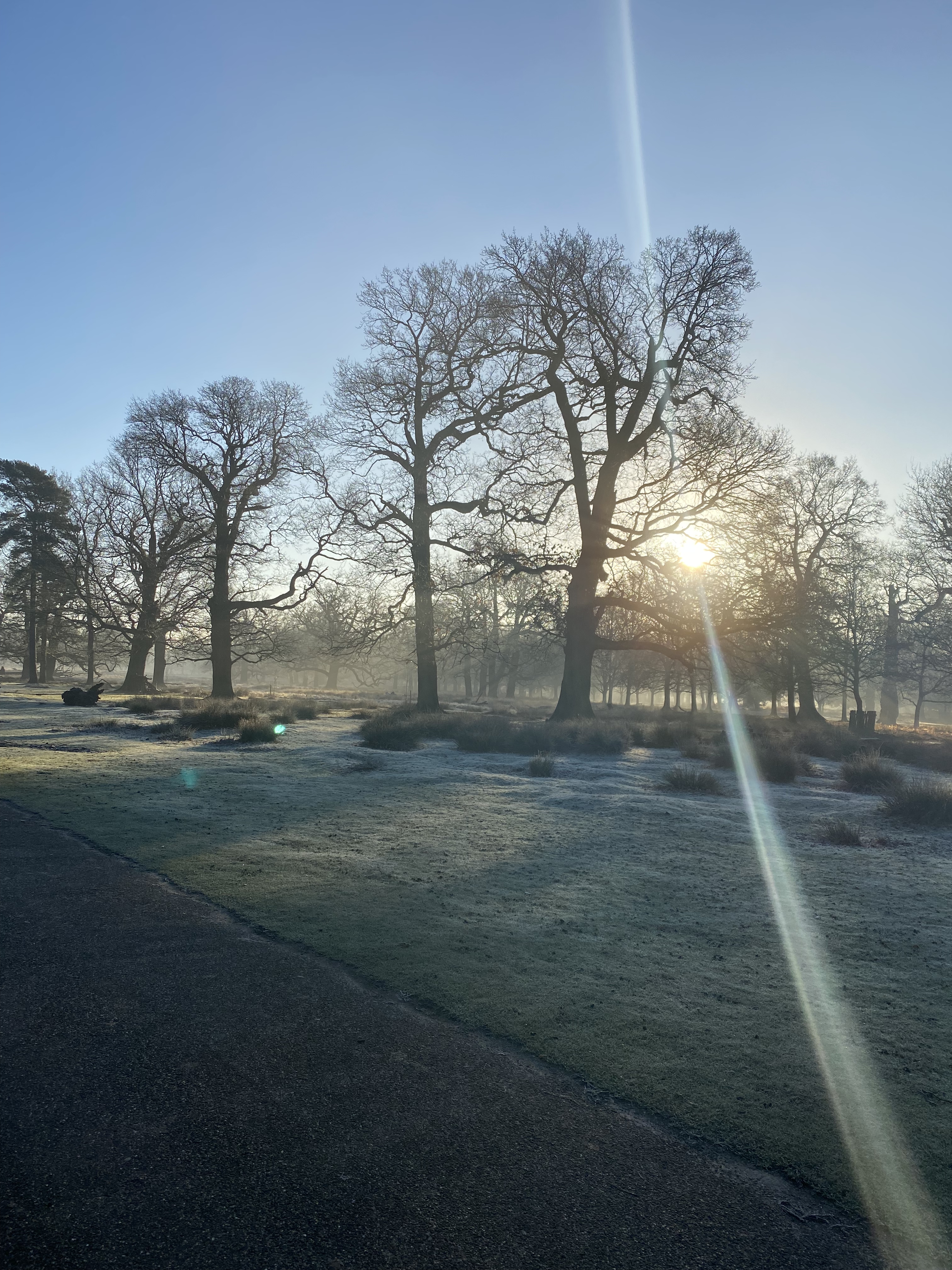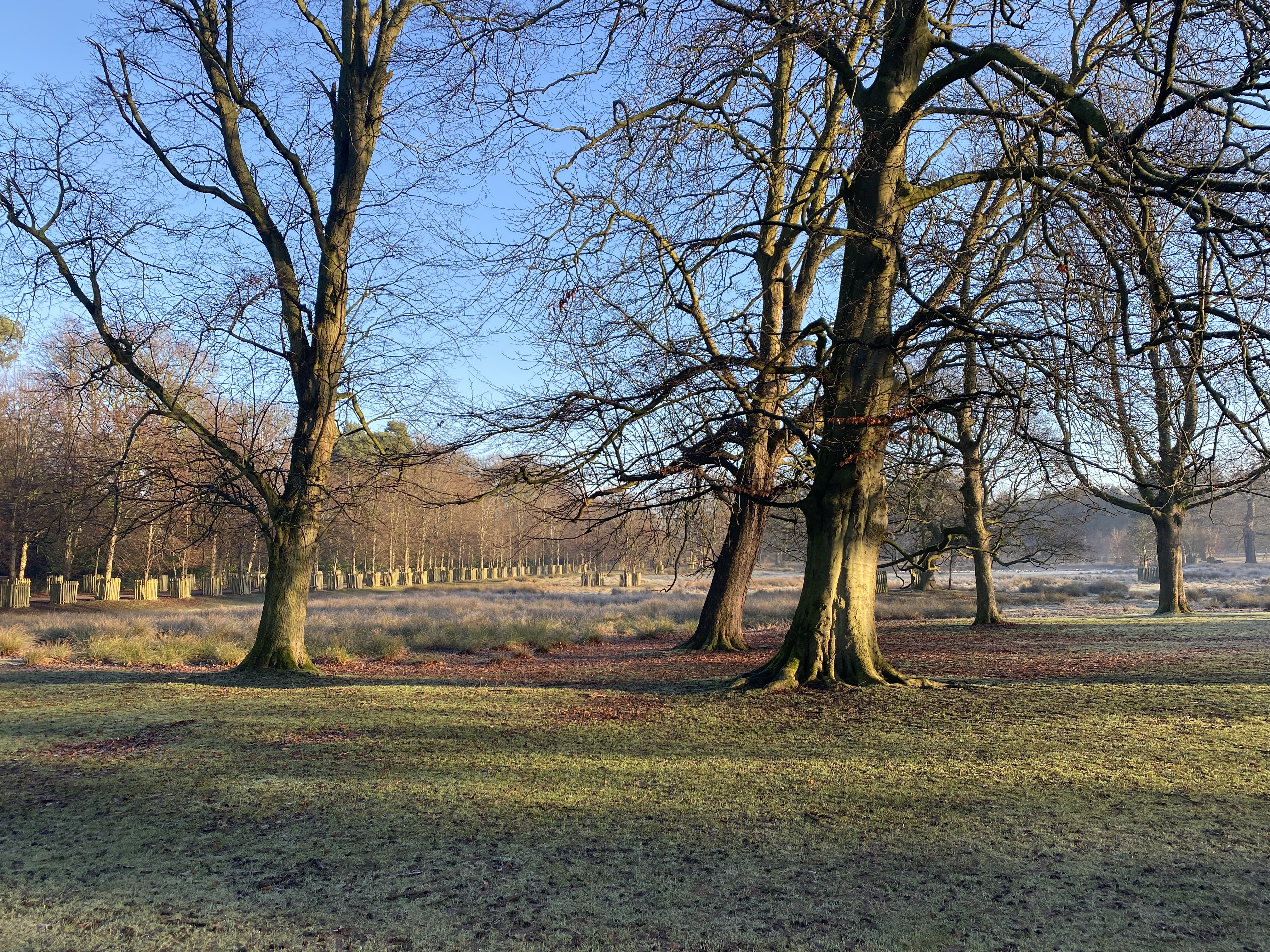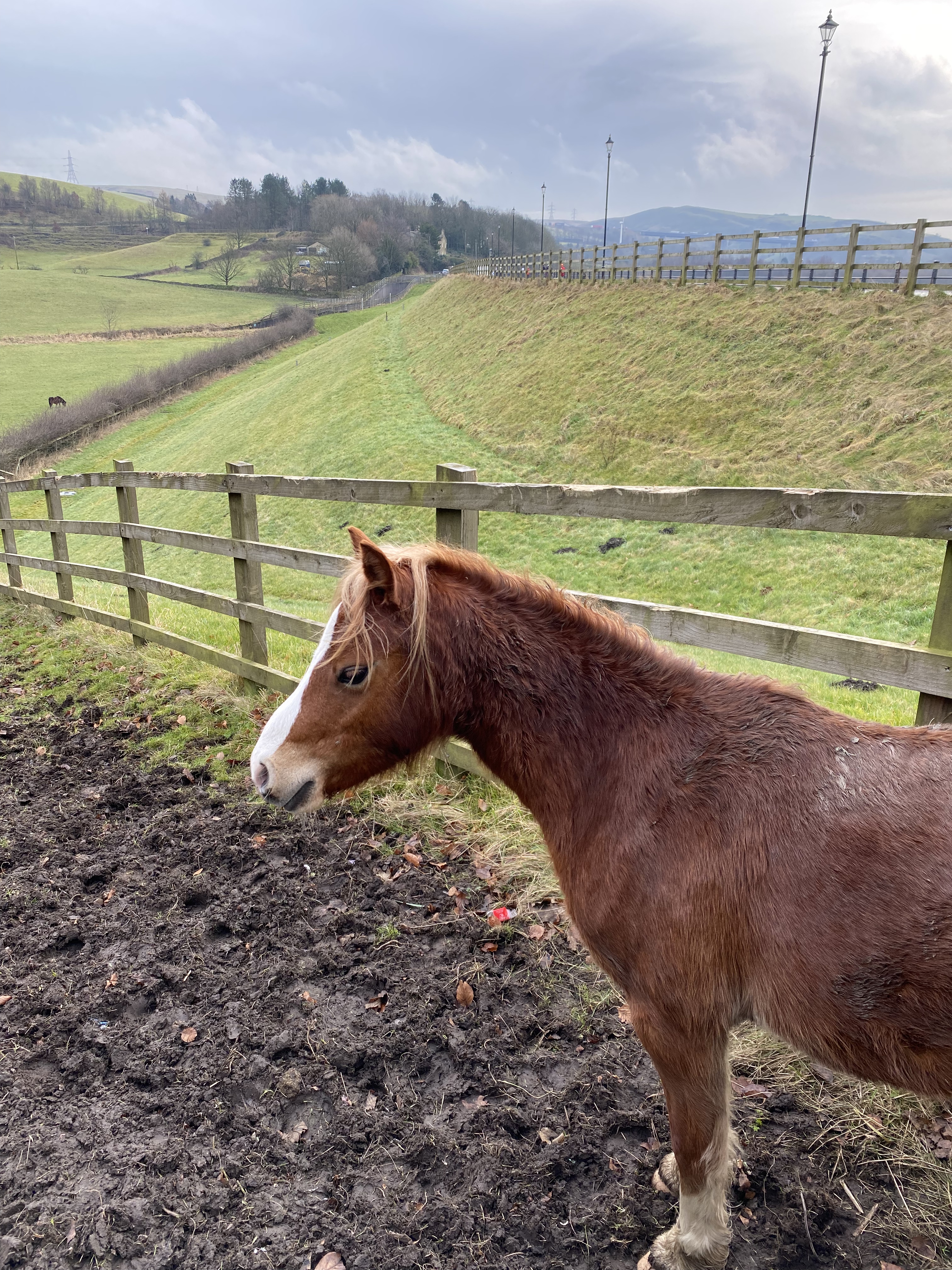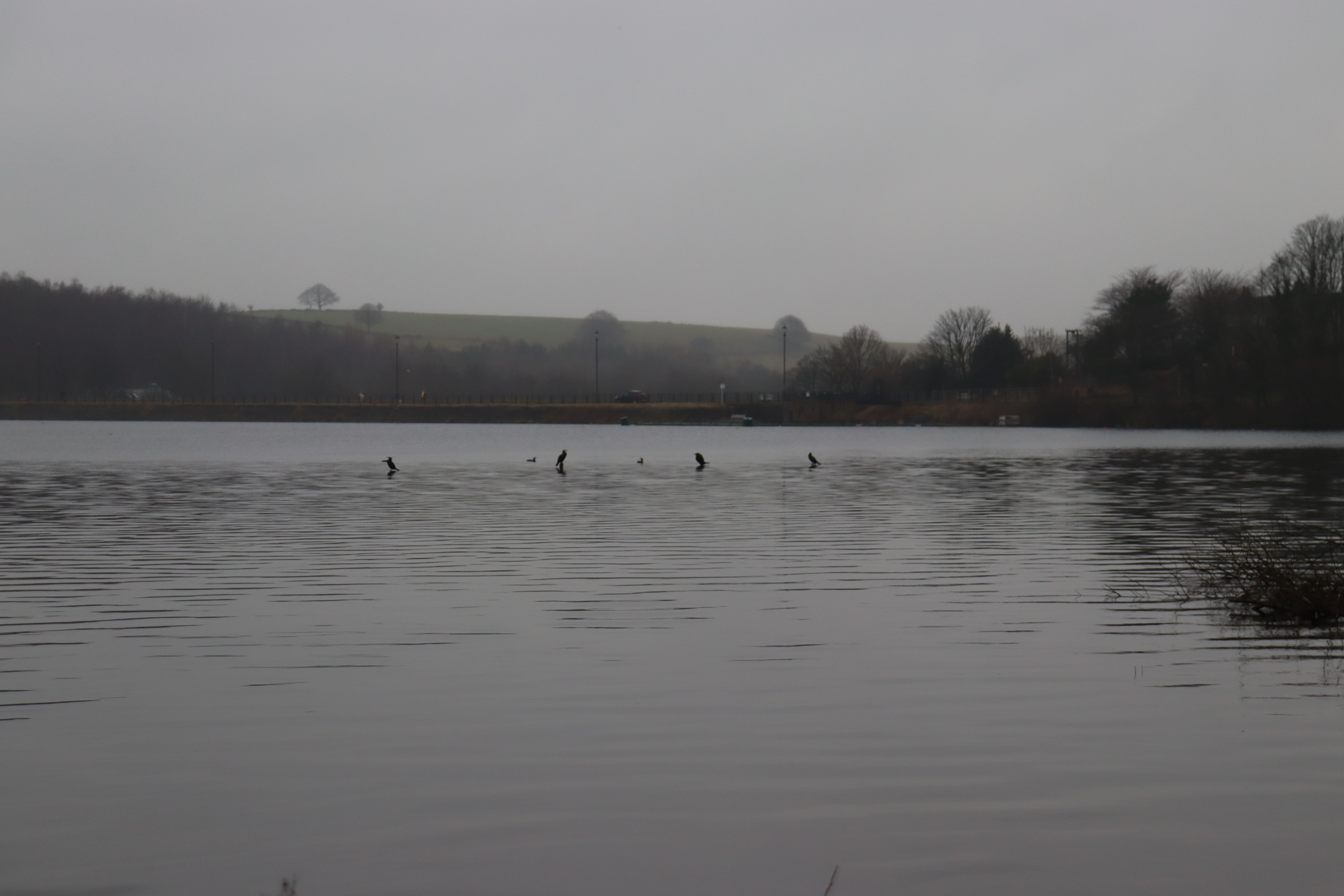I like to set myself an annual reading challenge – it’s a great way of expanding your reading horizons and I’ve thoroughly enjoyed the selections I’ve made over the last few years that I’ve been doing it. This year, I decided to do something a little different and set myself the goal of reading twelve non-fiction books. Non-fiction is a genre I neglected a bit last year and yet I come across so many books that look so fascinating.

For January, I set myself a relatively easy book, Stanford academic BJ Fogg’s Tiny Habits: Why starting small makes lasting change easy. I picked up on this when I was thinking about why so many of us find new year resolutions so difficult to keep. I generally make a conscious choice to not set myself any, in the firm belief that I’m setting myself up to fail! The opening of a new calendar or diary has the powerful effect of making me want to do or change something, however! Instead of resolutions I thought about some new habits I would like to adopt into my life. Nothing too earth-shattering, mainly things like drinking more water, practicing piano daily or writing something (anything!) each day. Small, incremental changes that don’t look that hard to do, but which I have singularly failed to implement in my life to date.
I liked the sound of this book. I like the idea of starting small – this seemed achievable. There is a website to accompany the book, https://tinyhabits.com/, which includes some free resources and, as you might expect, options to join mailing lists and paid-for courses.
The basic premise of the tiny habits approach is based on the science of psychology: first it’s about finding the motivational sweet spot of a habit (too many of us seem to set ourselves habits that we don’t really want to do, like go to the gym every day); second, it’s about designing behaviour changes that we are actually able to implement (within our means, doable in our daily lives); thirdly, it’s about finding ways to remember to do the things we want to do. I can really identify with this last one – I really want to drink more water, but I just forget! There is an underpinning equation to all of this: B = M A P (Behaviour = Motivation, Ability, Prompt).
This is not a book to be read straight through. It’s more of a workbook, and it is intended that you should implement some changes as you go along. There are lots of exercises at the end of each chapter and appendices with ideas and further resources. My copy now has lots of post-it notes sticking out of it. It’s quite a long book (270 pages, but very small typeface). It’s written in the typical self-help style with lots of anecdotes and a fair bit of repetition. I find most of these kinds of books could be shortened by at least a third!
As with most lasting change, there is no quick-fix method here, although I have to say that this book has helped me to implement some small desirable changes, for example, drinking more water, doing daily stretches, flossing my teeth and reducing my sugar consumption a little. The big take-away for me has been the concept of the ‘Anchor’ – ie pegging a desired new habit to something you already do very reliably like brushing your teeth. This has worked very well for me for the small things; the jury remains out on whether this is going to ‘scale up’ as BJ Fogg promises, into bigger changes. So, for example, if you set yourself the ‘tiny habit’ of one press-up per day, this can in time, evolve into a full-blown exercise regime, and therefore greater health and well-being, because you will be buoyed-up by your success in achieving the single press-up habitually. Fogg is also big on ‘celebrating’, for example, making sure you give yourself some sort of fist pump or similar when you achieve even the tiniest habit. This does not quite suit my English character, but I’m trying!
This is definitely a book I have learned from and one I feel sure I will dip in and out of. If you want to make some major changes overnight this is not going to work, but I am in agreement with the author’s basic premise that small changes have the greatest chance of success and that you can probably build on them over time.

Book number two in my non-fiction reading challenge is a very big one: Lebanon: A country in fragments by Andrew Arsan. Lebanon is a country that fascinates me and I had the very good fortune to spend some time there in the late 1990s. I’m looking forward to this one, though it may take me some time!
Interested in self-help books? Here are some others that I have reviewed:
WE: A Manifesto for Women Everywhere by Gillian Anderson and Jennifer Nadel
Women Who Run With Wolves by Clarissa Pinkola Estes
Big Magic: Creative living beyond fear Elizabeth Gilbert
Notes on a Nervous Planet by Matt Haig
The life-changing magic of tidying by Marie Kondo
The Things You Can See Only When You Slow Down by Haemin Sunim
















